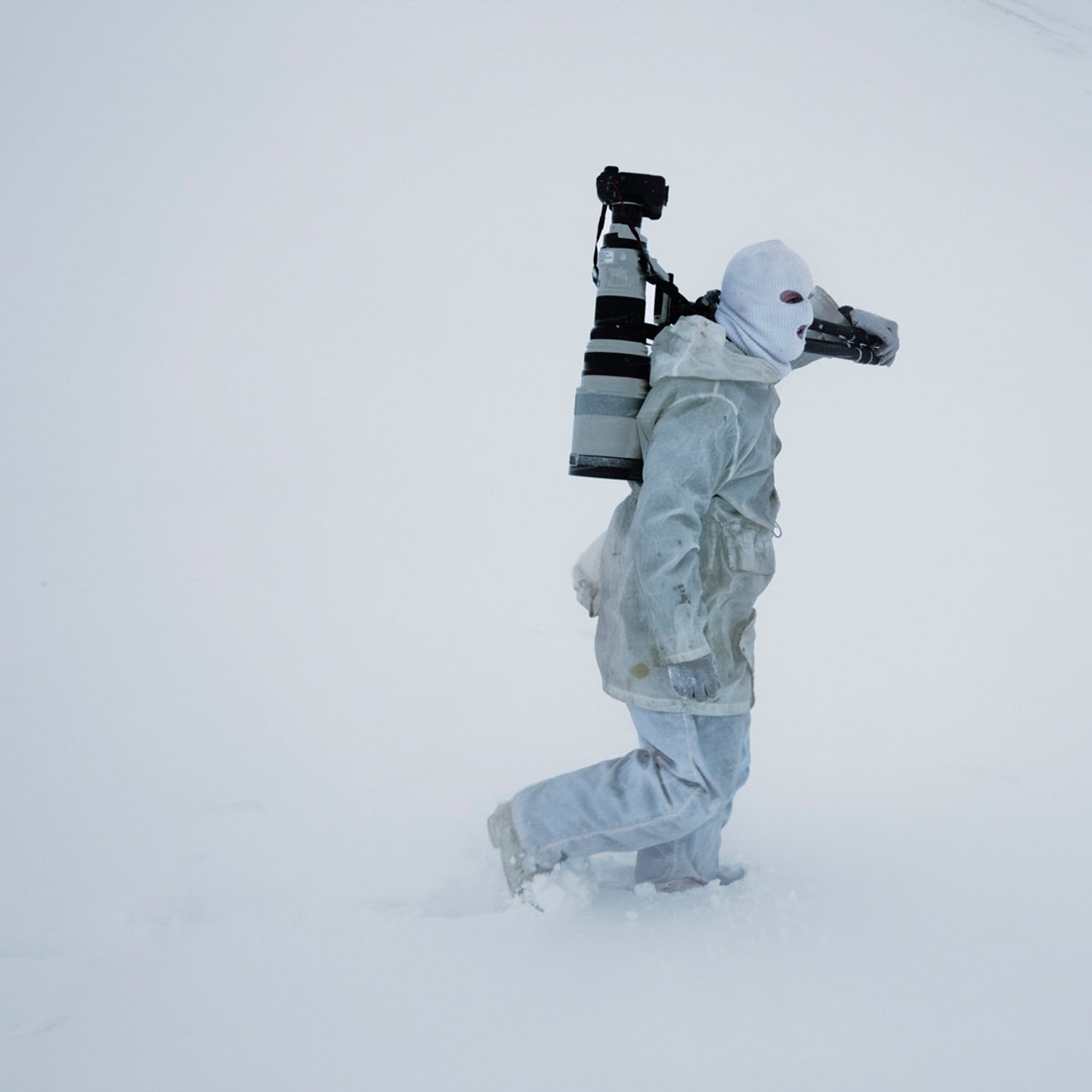Paul Nicklen grew up on Baffin Island in Canada without television or radio. He spent his days outside where the world felt authentic and he could sit and observe wildlife. His love of animals led him to a career in wildlife biology studying species like Canadian lynxes and polar bears. Unsatisfied with telling the stories of animals through data, .��
The National Geographic photographer has documented rare animals like narwhals and spirit bears and shown how melting sea ice is impacting polar bears. He uses his images, in the magazine and through his organization, , to visually tell the stories of climate change and its impact on wildlife.��While some photographers are underwater specialists and others are known for their pictures of forests and peaks, Nicklen, 46, prides himself on his ability to capture entire ecosystems—from mountain summits to rainforests to 250-feet below the surface. His assignments take him to remote and often cold places, sometimes for months at a time.��
We caught up with Nicklen, based on Vancouver Island, British Columbia, and recently off-assignment documenting climate change on the Saint Lawrence River, to talk about his work and how to best capture your own amazing wildlife shots.��
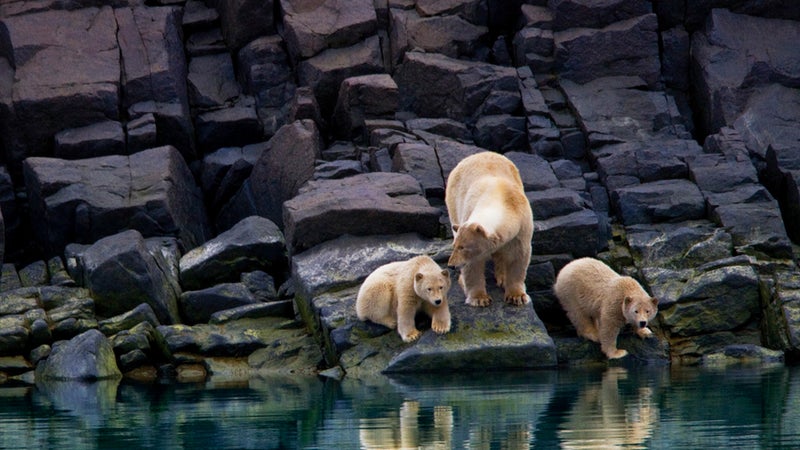
OUTSIDE: How does your science background influence your photography?
������������:��What it really gives me is credibility. I’ve been out there and studied [wildlife] as a scientist. I’m seeing change and I understand it. It also really helps me to see the importance of ecosystems.
How do you tell a story while photographing wildlife?
All it involves is stepping back and saying, 'What is the story here?' And there are stories everywhere. It could be the life of a bear and how many highways it has to cross or what ranches it has to pass. It could be a story on the whole ecosystem. So many people buy camera gear and say ‘I’m a photographer and I must go to Africa, that’s where the animals are.’ But really there are stories right in your backyard.
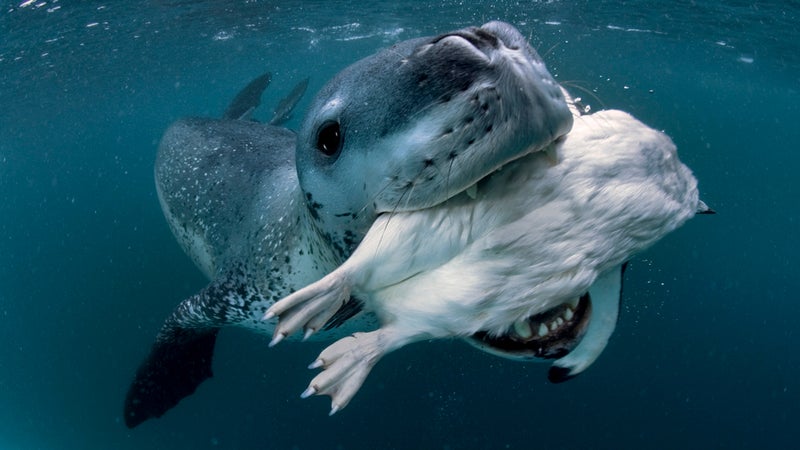
What are your favorite animals to photograph?
My favorite animals are the ones that connect people to ecosystems, like polar bears. I use them as bait, luring people into a den, and then once in the den, I force them to learn about climate change and melting ice. Or I photograph leopard seals, lure in people who think it’s a vicious animal, and then I dispel the myth.
Aside from your ability as a photographer, what skills do you need to capture images in the extreme environments where you shoot?
Surviving, for me, has to be second nature. You have to be comfortable at minus 45 degrees Fahrenheit in a blizzard, otherwise you spend 90 percent of your time just trying to stay alive. I’m going to spend 90 percent of my time shooting and the other 10 percent getting comfortable. I can eat raw seal meat. I know when I lose feeling in my feet how much time I have before I’ll get frostbite. I know when my core body temperature changes how much time I have before I get hypothermic and have to abort a mission. I know these types of things and that helps me survive.
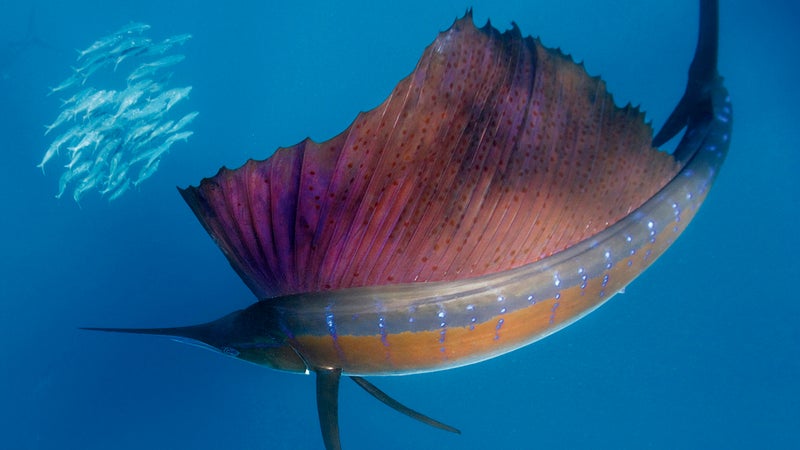
What gear do you bring on assignment with you?
Every shoot is custom, but I need to be dry and I like to be warm. I don’t need to be cozy warm, I need to be functioning warm. I need a good tent, a good warm sleeping bag. I’ll carry a little more weight on my back to have a nice Therm-A-Rest since I’m often working on the ice. I need to pull out a good down jacket that keeps me really warm. I use [to protect cameras], which is crucial. I cannot afford to fail. I cannot afford to have gear fail. I buy the best I can afford.��
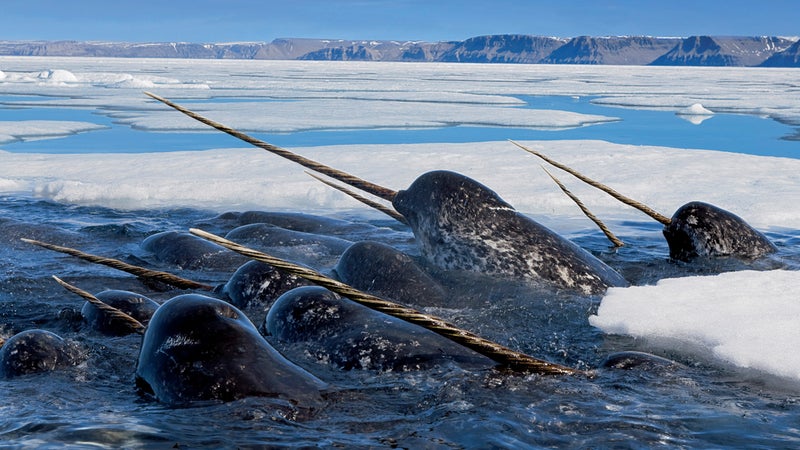
Any tips for people who want to photograph wildlife?
It’s time in the field. Whenever you think you’ve waited long enough, double that. I take about 50,000 images for a 12-picture assignment. Also, really get into making images and not taking pictures. You make an image by imagining what the light is you want and what your subject is going to be doing. Sometimes you wait a month. It took years before I got time with the narwhals. I saw the spirit bears for three days out of three months I was there. I always let the wildlife dictate my encounter. If I’m next to a grizzly and it doesn’t want to hang out with me, I let him go. I always sit in the same position and the same spot and let them know I’m there. I talk to them a little bit and let them hear my voice. With animals you can’t act scared and you can’t act aggressive.�� They have incredible body language. They will always let you know how they are feeling. If you’ve stressed out the animal, you’ve lost your photo.


